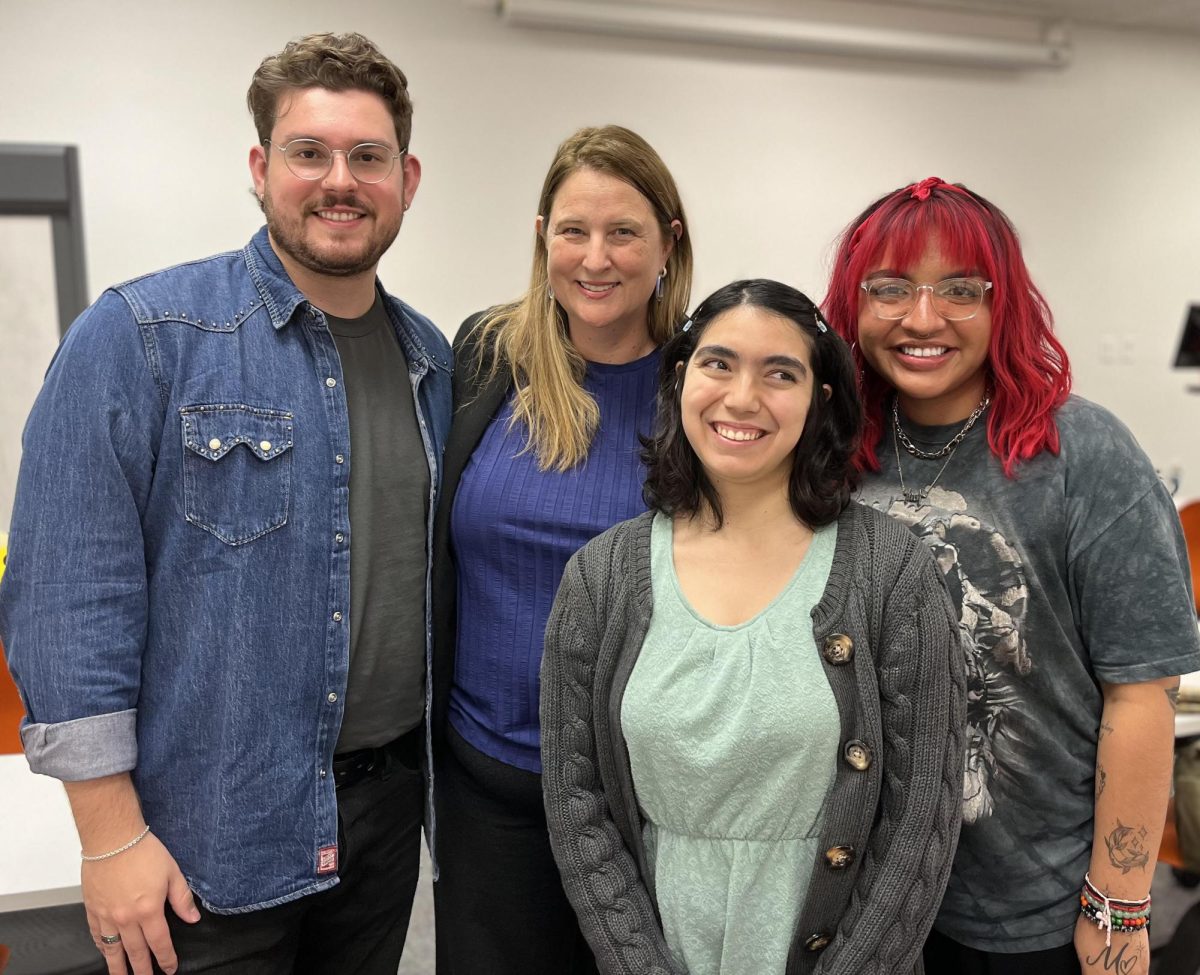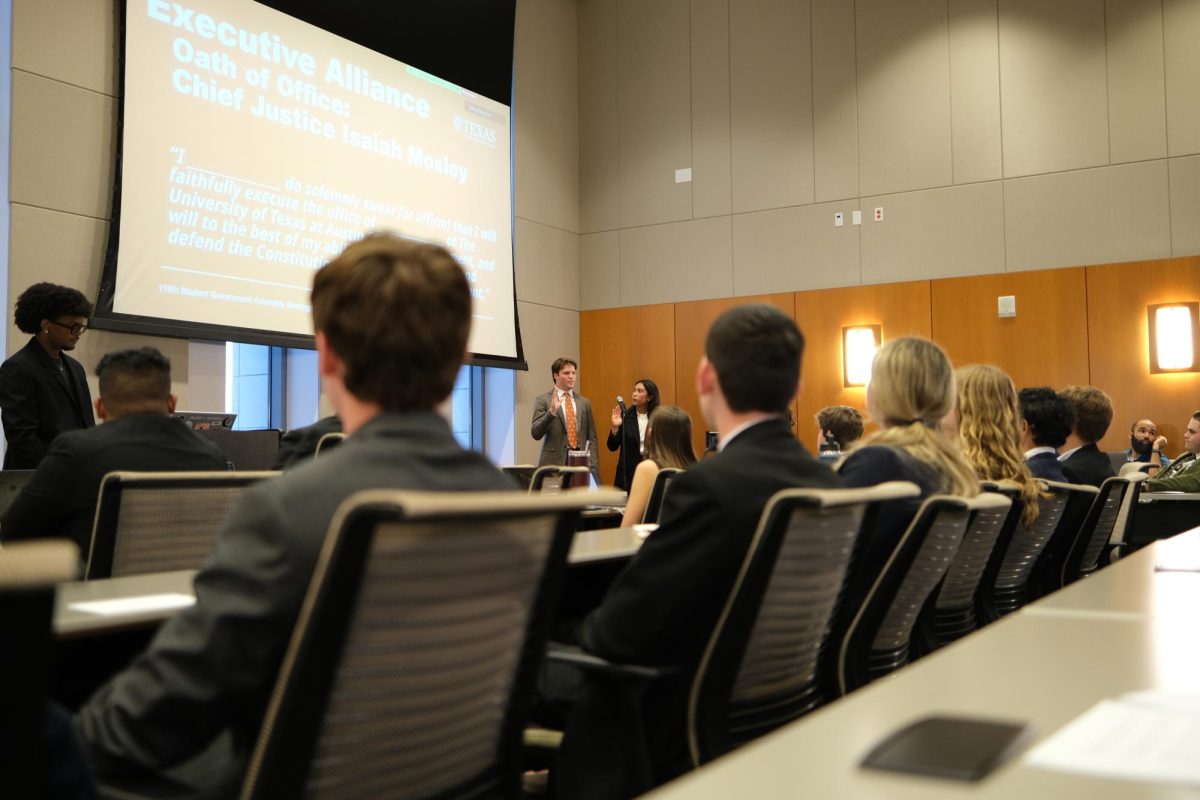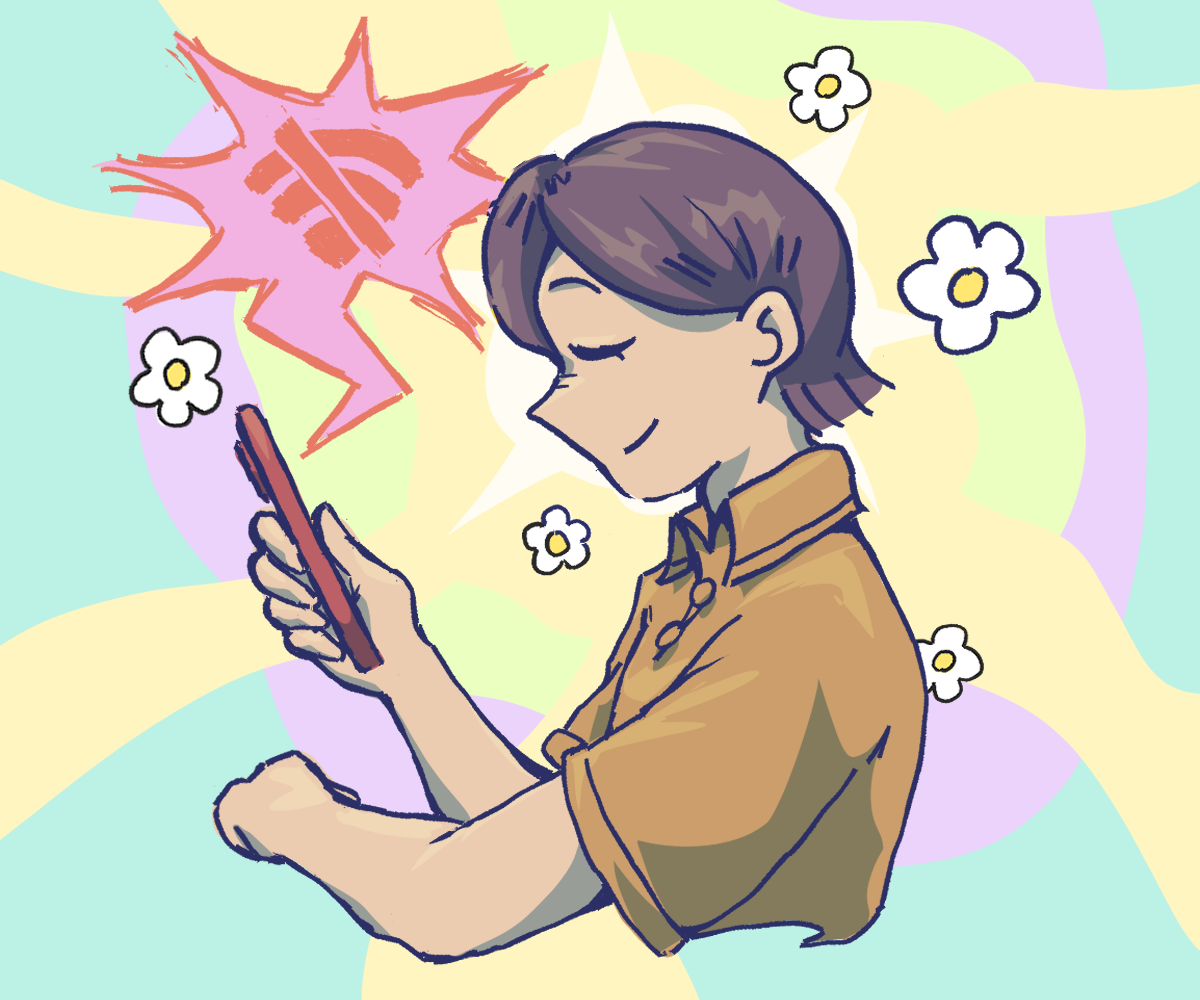Students with disabilities are less likely to attend college and to graduate, due to challenges that range from lack of accommodations to physical accessibility. The National Disability Center for Student Success, established this semester at UT, aims to change that statistic and improve success for disabled students after high school.
Executive director Stephanie Cawthon, who is deaf, said in an email that the Center is a culmination of over two decades of research on disabled students’ experiences in education. The Center received a $5 million grant in August from the Institute of Education Sciences. Cawthon said the grant will help the Center’s research team, composed of faculty members, student fellows and national partners, produce the first comprehensive research for disabled student success in higher education.
“It’s not easy navigating college or university especially when you have a disability,” student fellow Desirée Lama said. “I am someone who also has a disability, so I understand what it’s like to not have that support. This Center, along with the research we’re doing diving into accessibility literature in higher education, will help give us a foundation to help students succeed in college.
Lama, a second-year Ph.D. student in the Department of Educational Psychology, said one of the Center’s main goals is to decrease the retention gap between students with and without disabilities, with disabled students less likely to go into university and graduate.
Lama worked with Cawthon for several years before the Center’s creation, including graduate research focused on access and equity for disabled students. They now co-lead the Center’s accessibility measure development, a project aiming to gauge what accessibility is like at community colleges and four-year universities across the country. Lama said the researchers are finalizing what measures they’ll look at, such as attitudes toward disability in the classroom, and begin conducting cognitive labs in December with handpicked students to discuss their experiences with disability at the University.
“A personal goal (of) mine is to learn from these experiences from disabled students because they’re extremely different and everyone offers a unique perspective,” Lama said. “It’s important that we give them the space and platform to voice what they go through.”
In the next five years, Cawthon said the Center will form research measures, share findings and create strategies to help colleges and universities expand support for disabled students.
“We want to give (disabled students) a platform for success, because they’re less likely to graduate from a four-year university and go into the workforce,” Lama said. “We want to provide them a space where they’re able to voice their experiences (and) what they need from the University and from their faculty and peers.”
Cawthon said many people look to the Americans with Disabilities Act of 1990, which prohibits discrimination based on disability, for guidance on accessibility for disabled students. However, Cawthon said the Act’s requirements should just act as a starting point.
“When it comes to access and equity for disabled people, ADA is the floor, not the ceiling,” Cawthorn said. “ADA protects rights. ADA sets precedence. ADA is a powerful tool. … What ADA doesn’t do (is) hire people with disabilities, create positive attitudes, reduce ableism (or) do the work. That’s all up to us.”



















